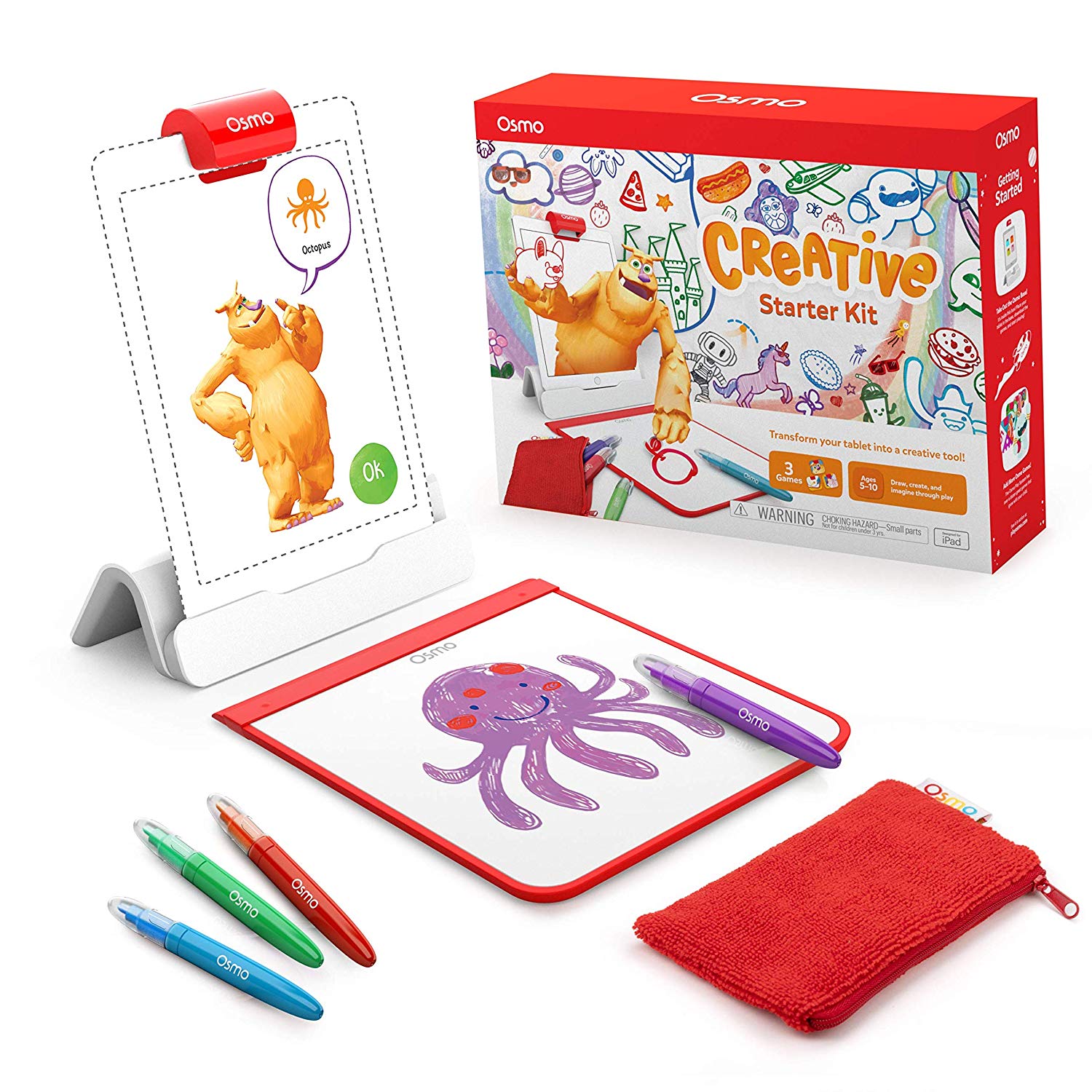Engineering
Osmo Creative Board
Redesigning the Creative Board

Problem Statement:
Osmo had released a Creative Kit with a Creative Board as its primary physical component. The Creative Board was in need of a refresh, as it was larger and bulkier than necessary, presenting cost inefficiencies for the business and a cumbersome user experience.
Project Details:
Role: mechanical engineer and physical product designer
Team: 1 industrial designer, 1 physical product designer, + me
Timeline: 6 month internship (2018)
Objectives:
In addition to cost-down, designing a Gen 2 board presented an opportunity to incorporate an additional feature for one of Osmo’s original games, Masterpiece, in which a user can trace an image from the screen onto a paper. Masterpiece, while genuinely fun, was imperfect, as it was easy to accidentally move the paper. It would be relatively low-cost but high-reward to include a retainment feature, which incidentally would improve the experience for younger users, a market Osmo was already targeting with their upcoming Little Genius Kit.
The company was interested in also updating the surface of the board, since they were gearing up to release Super Studio, another drawing-related product, and hoped to have cohesion in markers.
Approach/Methods
Concept definition: Low-fidelity, iterative prototyping ; Weekly observational playtesting at a local preschool
Mechanical design: PTC Creo ; Design for Manufacturing with Chinese CM
Outcomes:
The Gen 2 board is a low-profile, injection-molded and sheet metal part that bonds to a silicone band that can be used to hold sheets of paper. It is used with dry erase markers.
The Creative Board was incorporated into the updated Osmo Creative Kit and has since been included in two other starter kits: Explorer and Preschool.
Highlights:
Though relatively simple, the Creative Board is one of only a handful of mechanical assemblies Osmo makes, with most of their games consisting of stamped chipboard play pieces. The quick 6-month timeline was an interesting exercise in how to rapidly move from a straightforward business objective to the DFM stage of a mechanical design.
Selecting and sourcing markers required systems-level consideration balancing how the new board would fit into the suite of drawing products with usability of each individual product. Though both drawing-related and designed for reuse and re-play, the form factor and digital gameplay varied significantly between the Creative Board and Super Studio. Ultimately, optimizing for the experience of individual games won over system-level cohesion and COGS savings, and the design team opted to use different markers.

